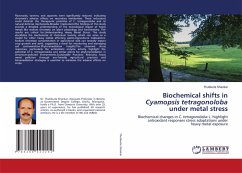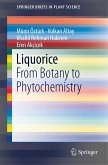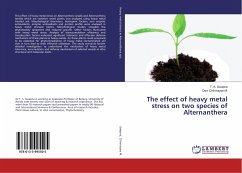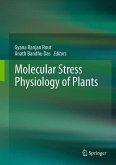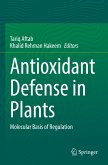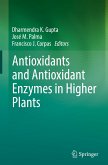Flavonoids, tannins, and saponins were significantly reduced, indicating chromate's adverse effects on secondary metabolism. These reductions could diminish the therapeutic potential of C. tetragonoloba and its natural defense mechanisms.Broader ImplicationsThe findings of this study provide a detailed understanding of the toxicological impact of heavy metals like sodium chromate on plant physiology and biochemistry. The results are critical for:Understanding Heavy Metal Stress: This study elucidates the mechanisms of chromium toxicity, which can serve as a model for other heavy metals affecting plants.Agricultural Implications: Sodium chromate contamination in agricultural soils can severely impact crop growth and yield, suggesting a need for monitoring and managing soil contamination.Phytoremediation Insights:The observed stress responses, particularly the antioxidant enzyme activity, highlight the potential of C. tetragonoloba and similar plants for phytoremediation in chromium-polluted environments.Sustainable Practices: Reducing heavy metal pollution through eco-friendly agricultural practices and bioremediation strategies is essential to minimize the adverse effects on crops.
Bitte wählen Sie Ihr Anliegen aus.
Rechnungen
Retourenschein anfordern
Bestellstatus
Storno

